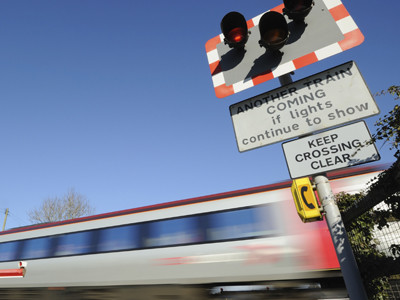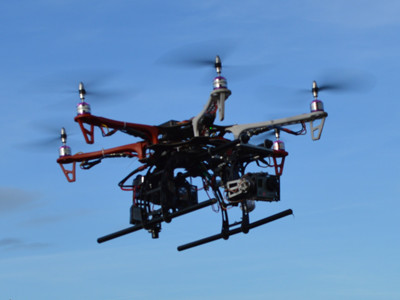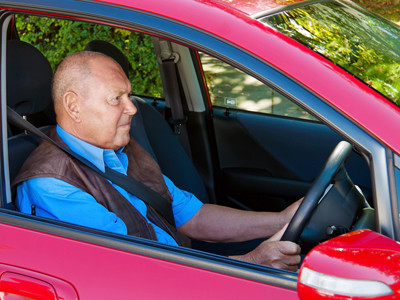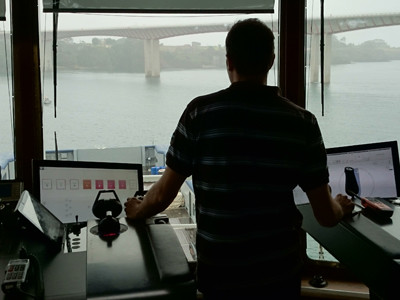Ergonomics and Human Factors in the transport sector is concerned with ensuring that all aspects of transport design meets the needs of people engaging with those designs, safely and efficiently. The consideration of human factors extends beyond vehicle design (trains, planes, automobiles, boats, motorcycles, bicycles, etc.) to include the design of the surrounding infrastructure (e.g. roads and railways) and traffic management and control systems.
Within the transport sector, a well-considered balance needs to be struck between expediting flow and ensuring safety. The pressure to minimise journey time and resource usage can at times be at odds with the requirement to maximise the safety of all. For public transport, in particular, inclusive design and the needs of those with reduced mobility are of key importance. Public transport is often a gateway to increased independence.
Watch the video of Dr Ann Mills talking about her work at the Rail Safety & Standards Board.
Human factors has an important part to play in investigations when things to wrong too. Watch the video, created by Thomas Jun of Loughborough University, of a South Korean ferry accident for an illustration.
#CIEHFchat
In conversation with…
Dr Claire Dickinson, CIEHF President (2017-2018) & Central Specialist Inspectors’ Team Manager & ORR Occupational Health Programme Manager, Office of Rail and Road
1. If there was just one thing you could bring to the profession as President of the CIEHF, what would it be?
Support & encouragement for practitioners and members. We need to work together and play to everyone’s strengths.
2. What would you say is the biggest challenge faced in your sector?
Rail Sector: Increasing the network performance and capacity, i.e. more/bigger trains/stations to cope with increasing numbers or: Securing agreement on changes to working practices. Though on a personal basis, my current biggest working challenge concerns getting good ergonomics and human factors requirements into the railway regulations and guidance.
3. How would you describe ergonomics/human factors to someone outside of the industry in few words?
It’s about people in systems.
4. What’s your biggest hope for the profession?
We see growth of CIEHF membership numbers and more jobs for chartered ergonomists.
5. What would be your top piece of advice for graduates keen to enter the profession?
Get a breadth of experience – move roles every 3 years and get a breadth of experience in tools and approaches and different industrial sectors. Don’t specialise too soon.
6. Name the person who has most inspired you to follow your career.
Dr Duncan Troup, my PhD Supervisor and Dr Debbie Lucas, my former colleague and friend.
7. Who would be your top 3 dinner party guests (dead or alive)?
Sir Robert Winston, Sandy Toksvig, David Attenborough. (Or Robert, Charlotte and Peter Dickinson – I love our family dinners, they are all bonkers!)
8. Name something that can’t be taught and can only be learned with age?
Treasure and protect your professional and social networks – if you look after people, they’ll look out for you.
9. If you could choose one superpower, what would it be?
Insight / forward thinking









